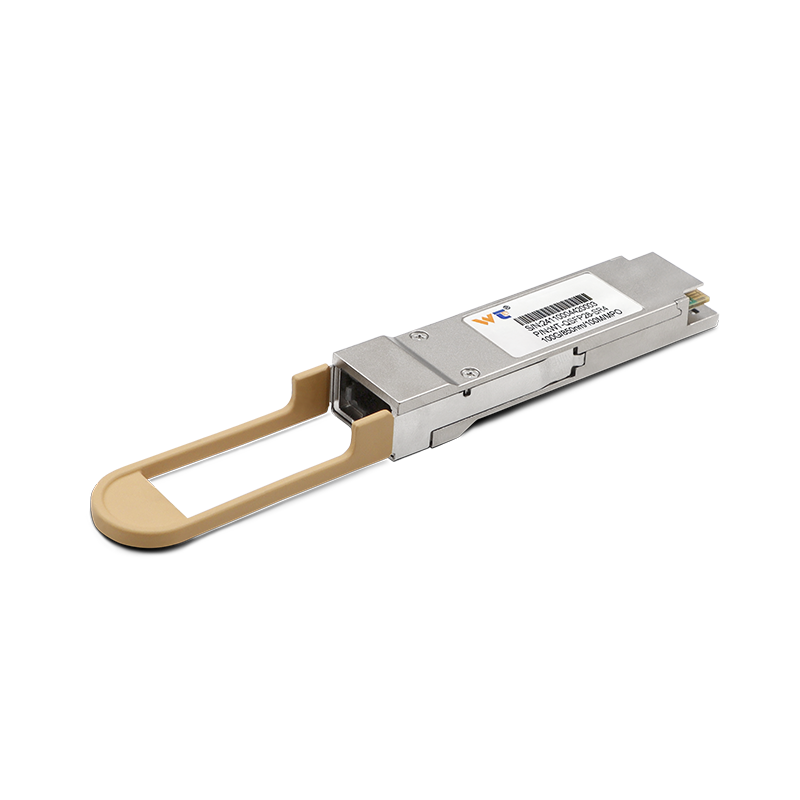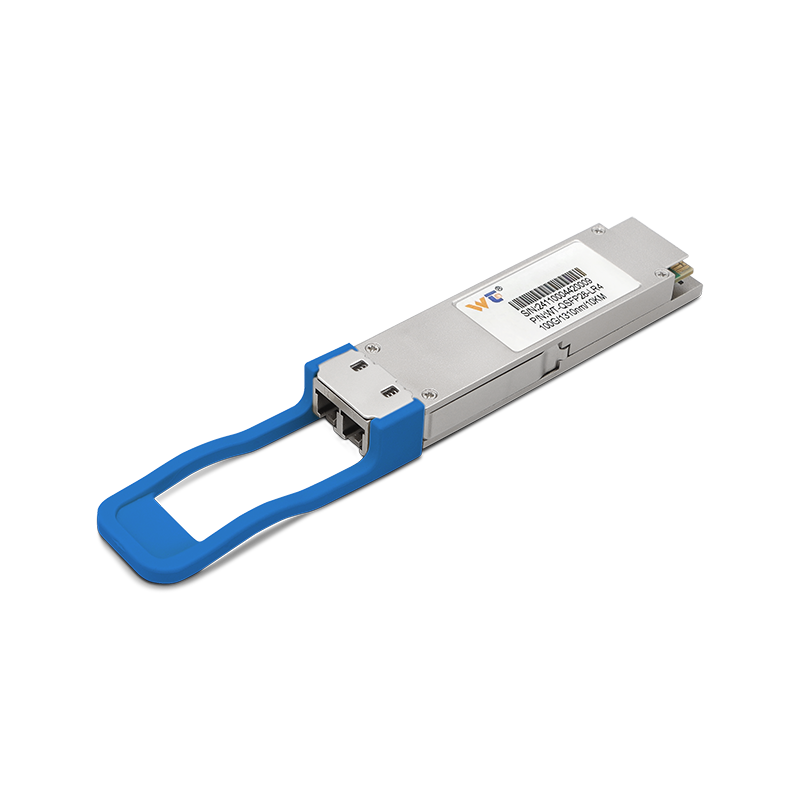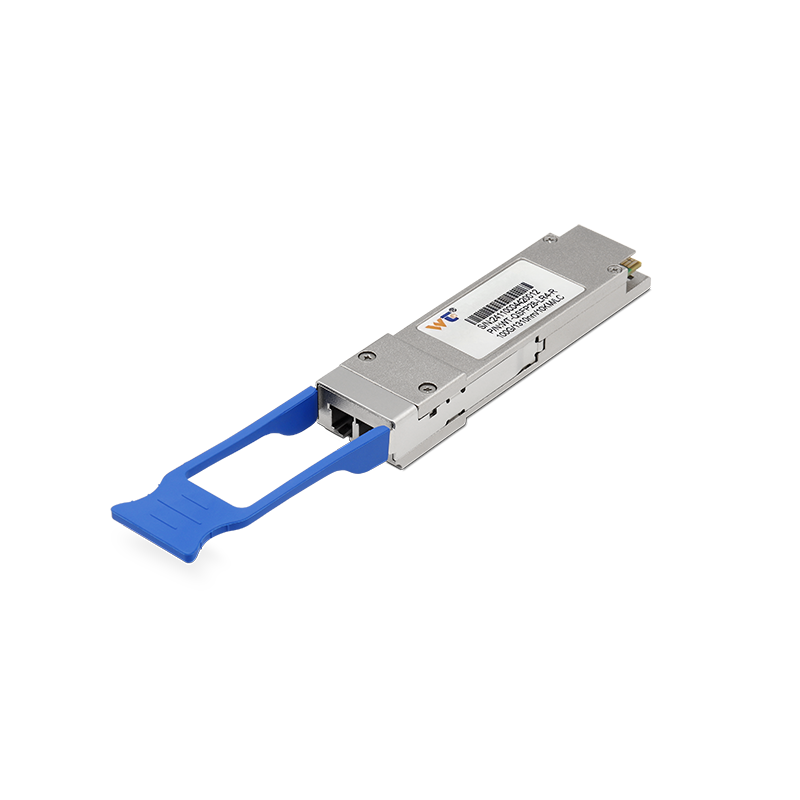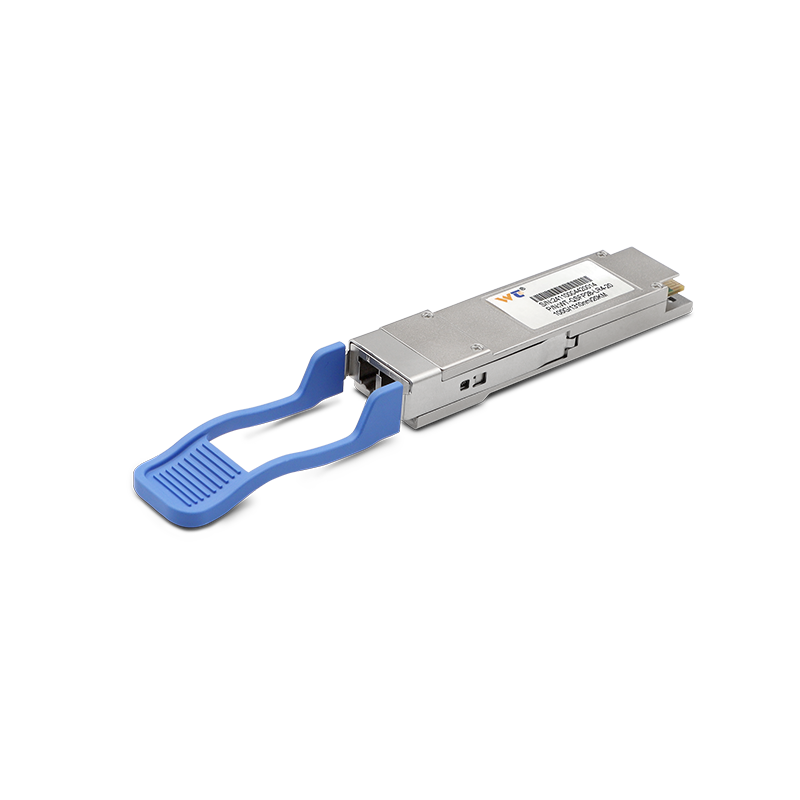In the rapidly evolving landscape of intelligent manufacturing, the future holds immense potential for 100G optical modules, which are expected to play a crucial role by 2025. As industries strive for advanced connectivity and efficient communication, the demand for these optical modules will soar. They will provide the necessary infrastructure to support high-speed data transfer and enhance overall performance in manufacturing processes.
Recent trends indicate a significant shift towards increased reliance on 光模块 (optical modules) in various industry applications. The market is witnessing substantial growth, driven by the rising need for faster and more reliable data transmission. According to recent reports, the optical module market is projected to reach $20 billion by 2025. This growth is fueled by advancements in technology, including integration with AI and IoT, enabling real-time monitoring and optimization. The synergy between manufacturing and communication technologies is becoming evident, showcasing the crucial role optical modules play in facilitating high-bandwidth applications.
| Optical Module Technology | Functionality | Application |
|---|---|---|
| Transceivers | Bidirectional communication | Data centers, telecommunications |
| Wavelength division multiplexing(WDM) | Increases bandwidth by combining multiple signals | Long-haul communications |
| Active Optical Cables (AOC) | Power-efficient data transmission | Short-distance connections |
| Pluggable Modules | Flexibility in network configuration | Data centers and enterprise networks |
| Single-Mode/S multicast fiber | Long-distance communication | Telecommunications and campus networks |
Focusing on the technical specifics, various types of 100G optical modules are making waves in the industry. Transceivers, for instance, are fundamental in facilitating bidirectional communication, which means they can send and receive data simultaneously. This capability is critical in environments where efficiency is paramount. Wavelength Division Multiplexing (WDM) technologies amplify the bandwidth of optical fibers by allowing multiple signals to be sent concurrently, revolutionizing long-haul communications.
Active Optical Cables (AOCs) are gaining traction due to their ability to deliver power-efficient data transmission over short distances. They are becoming increasingly popular in setups where space and energy consumption are key concerns. Pluggable modules add yet another layer of flexibility, allowing for easy integration into existing networks without a complete overhaul. Single-mode and multimode fibers also play a distinct role, particularly in telecommunications, offering solutions tailored to specific distance and bandwidth requirements.
By 2025, the deployment of 100G optical modules in intelligent manufacturing settings will become a reality. Concepts like real-time monitoring and predictive analysis will enhance the overall efficiency of manufacturing processes. For instance, using high-capacity optical links, factories can implement sophisticated automation solutions that provide immediate feedback, thereby enabling adjustments during operations. This adaptability facilitates swift responses to market demands, ensuring industries can stay ahead of their competitors.
Our website proudly offers a range of optical module products, each subjected to rigorous quality testing. These modules are engineered to excel in various application environments, whether it’s for high-speed data transmission or long-distance communication. By adhering to stringent quality standards, we guarantee that our optical modules will meet your operational needs reliably and efficiently. You can trust our products to deliver optimal performance, ensuring your manufacturing systems operate seamlessly.
To sum up, the role of 100G optical modules in intelligent manufacturing cannot be overstated. As we look toward 2025, the demand for these advanced technologies will only grow, marking a significant turning point in how industries operate and communicate. Embracing optical module technology will empower manufacturers to enhance efficiency, optimize processes, and maintain a competitive edge in an increasingly complex technological landscape.






